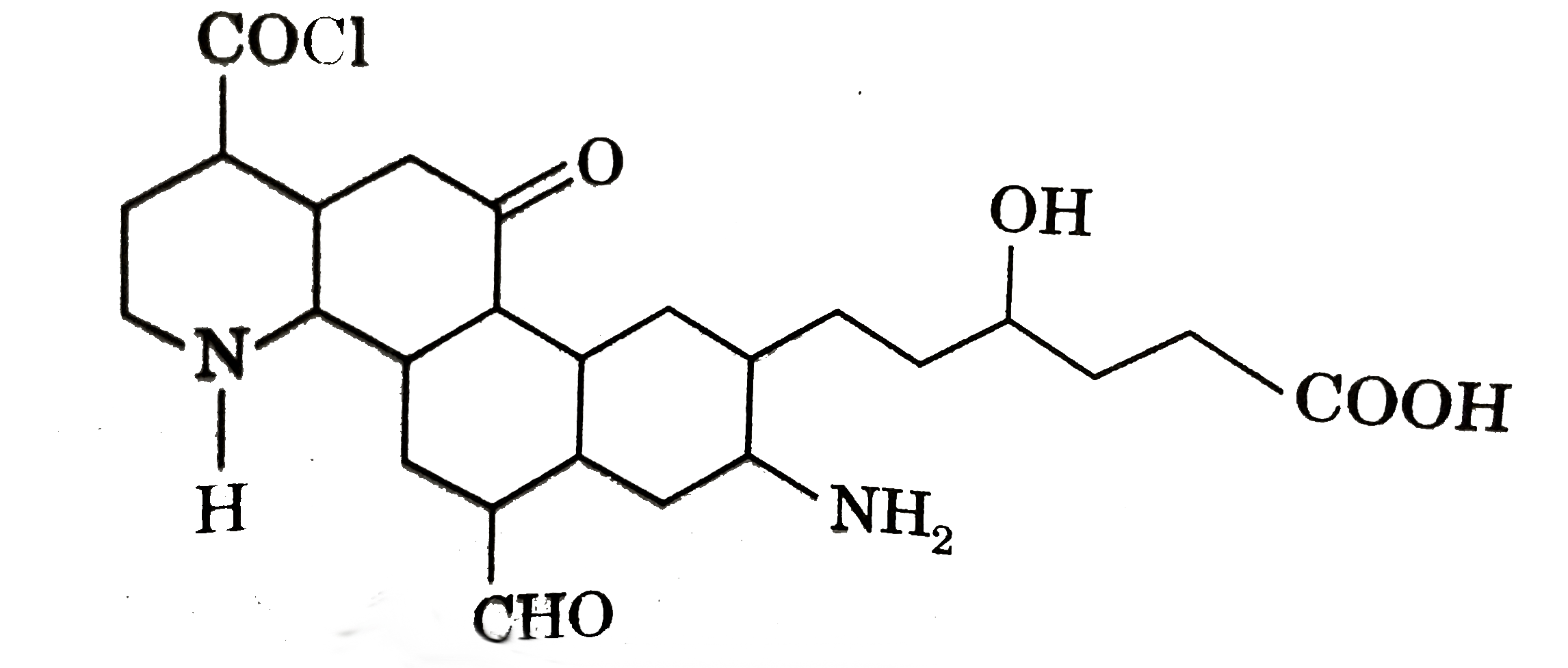How many types of functional groups are present in the given compound?

Text Solution
The correct Answer is:B
NA
|
Topper's Solved these Questions
- FAMILIES OF CARBON COMPOUNDS: FUNCTIONAL GROUPS AND INTERMOLECULAR FORCES BOOK - MS CHOUHANCHAPTER - FAMILIES OF CARBON COMPOUNDS: FUNCTIONAL GROUPS AND INTERMOLECULAR FORCES EXERCISE - ADDITIONAL OBJECTIVE QUESTIONS ( Integer Type )
4 Videos
- FAMILIES OF CARBON COMPOUNDS: FUNCTIONAL GROUPS AND INTERMOLECULAR FORCES BOOK - MS CHOUHANCHAPTER - FAMILIES OF CARBON COMPOUNDS: FUNCTIONAL GROUPS AND INTERMOLECULAR FORCES EXERCISE - ADDITIONAL OBJECTIVE QUESTIONS ( Matrix Match Type )
4 Videos
- FAMILIES OF CARBON COMPOUNDS: FUNCTIONAL GROUPS AND INTERMOLECULAR FORCES BOOK - MS CHOUHANCHAPTER - FAMILIES OF CARBON COMPOUNDS: FUNCTIONAL GROUPS AND INTERMOLECULAR FORCES EXERCISE - ADDITIONAL OBJECTIVE QUESTIONS ( Matrix Match Type )
4 Videos
- CONJUGATED UNSATURATED SYSTEMSBOOK - MS CHOUHANCHAPTER - CONJUGATED UNSATURATED SYSTEMSEXERCISE - Additional Objective Questions (Multiple Correct Choice Type)
4 Videos
- GENERAL ORGANIC CHEMISTRYBOOK - MS CHOUHANCHAPTER - GENERAL ORGANIC CHEMISTRYEXERCISE - LEVEL- 1
1 Videos
Similar Questions
Knowledge Check
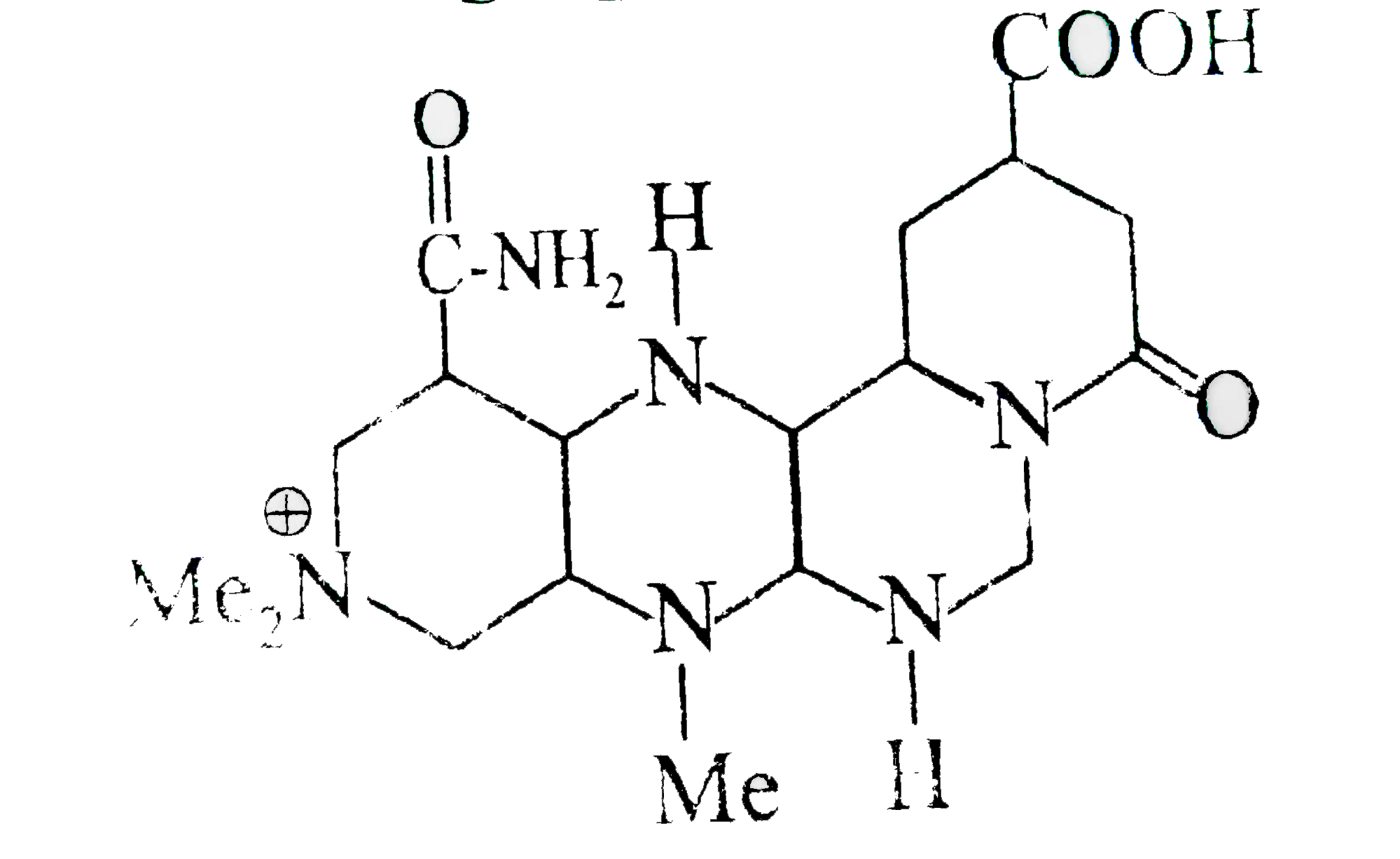
How many different type of functional groups are present in given compound.A6B5C4D3A functional group of an organic compound is an atom or a group of atoms in the compound that determines its chemical properties and in most cases is one of the sites of its chemical reactions. How many functional groups are present in the following compound?
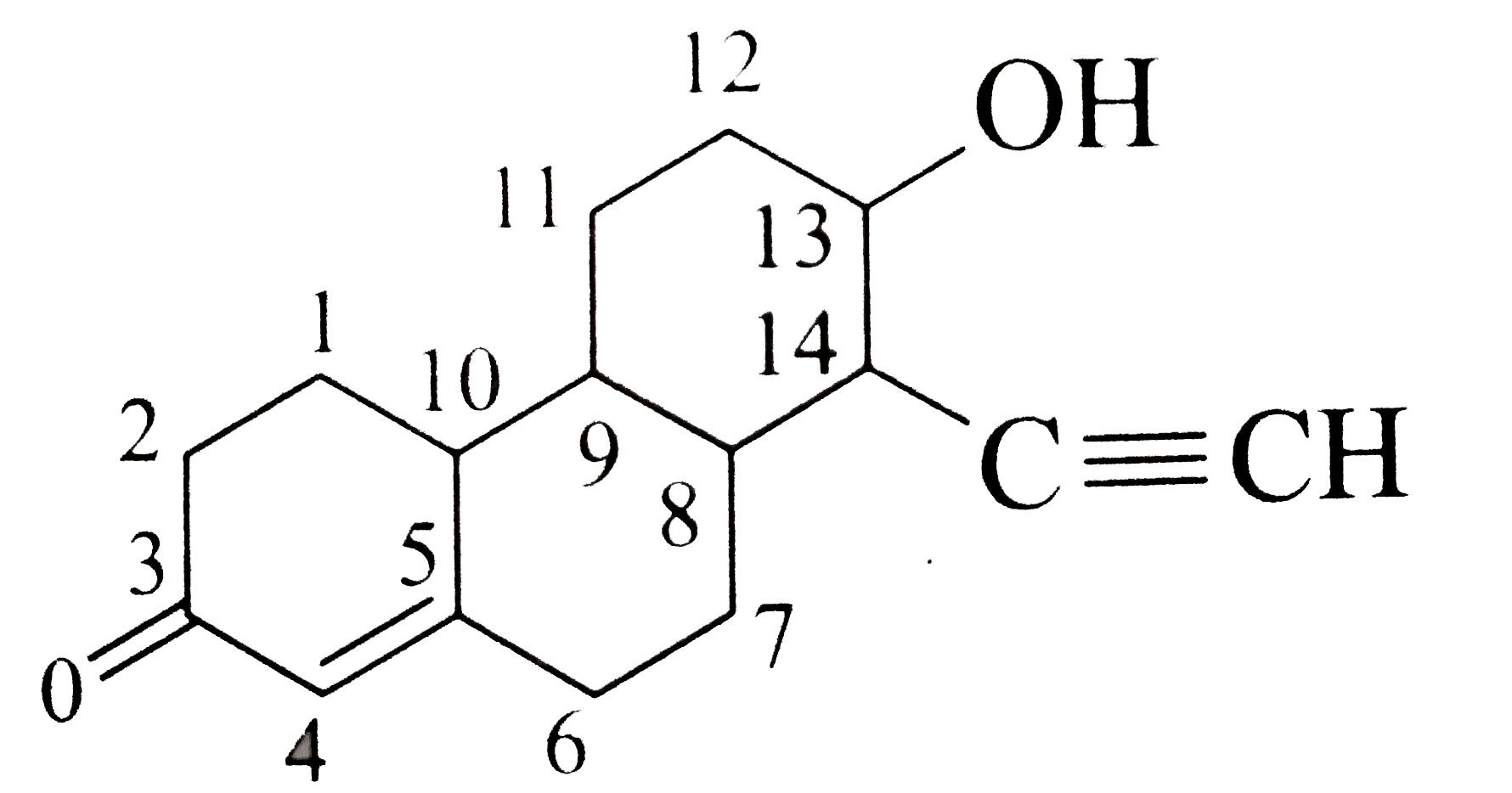 A(1) TwoB(2) ThreeC(3) FiveD(4) Four
A(1) TwoB(2) ThreeC(3) FiveD(4) FourNumbetr of functional groups present in the following compound is :
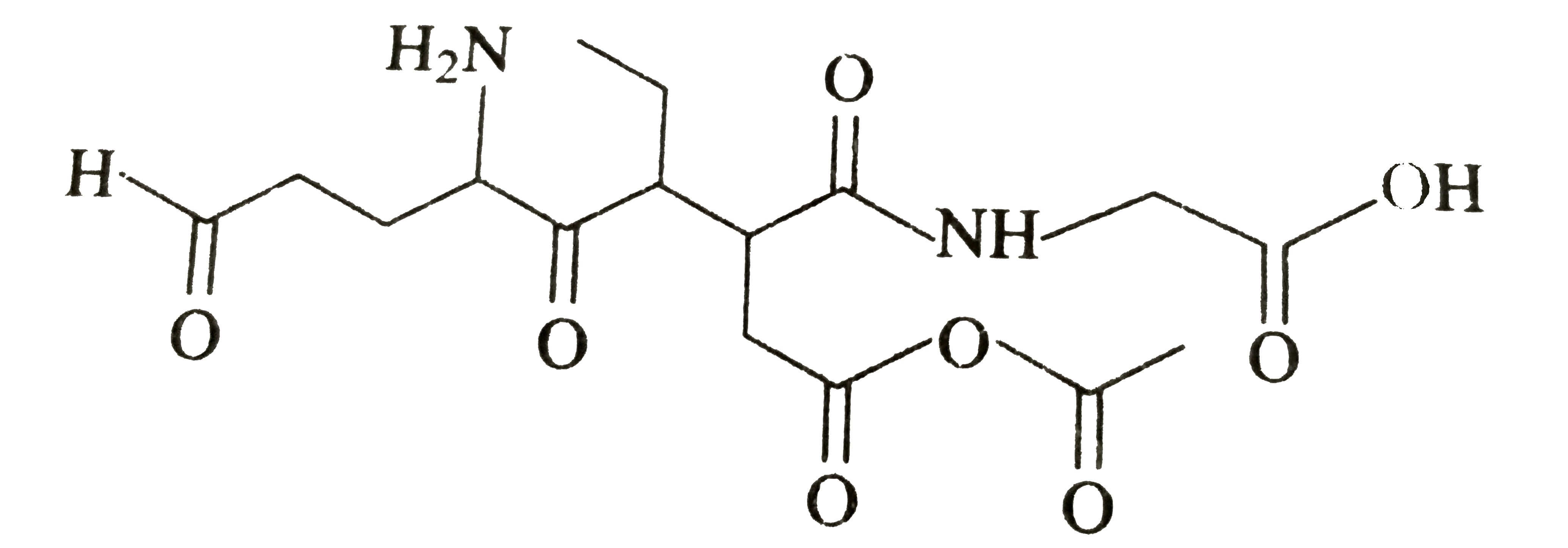 A5B7C6D8
A5B7C6D8
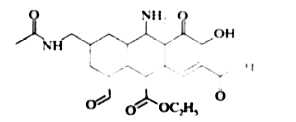
Sum of total number of functional groups present in the given compound is
View SolutionNumber of functional groups present in the following compound is :
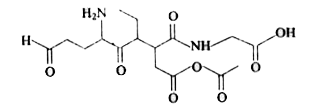
View SolutionNumber of functional groups present in the following compound
is :

View SolutionNumber of functional groups present in the following compounds is:
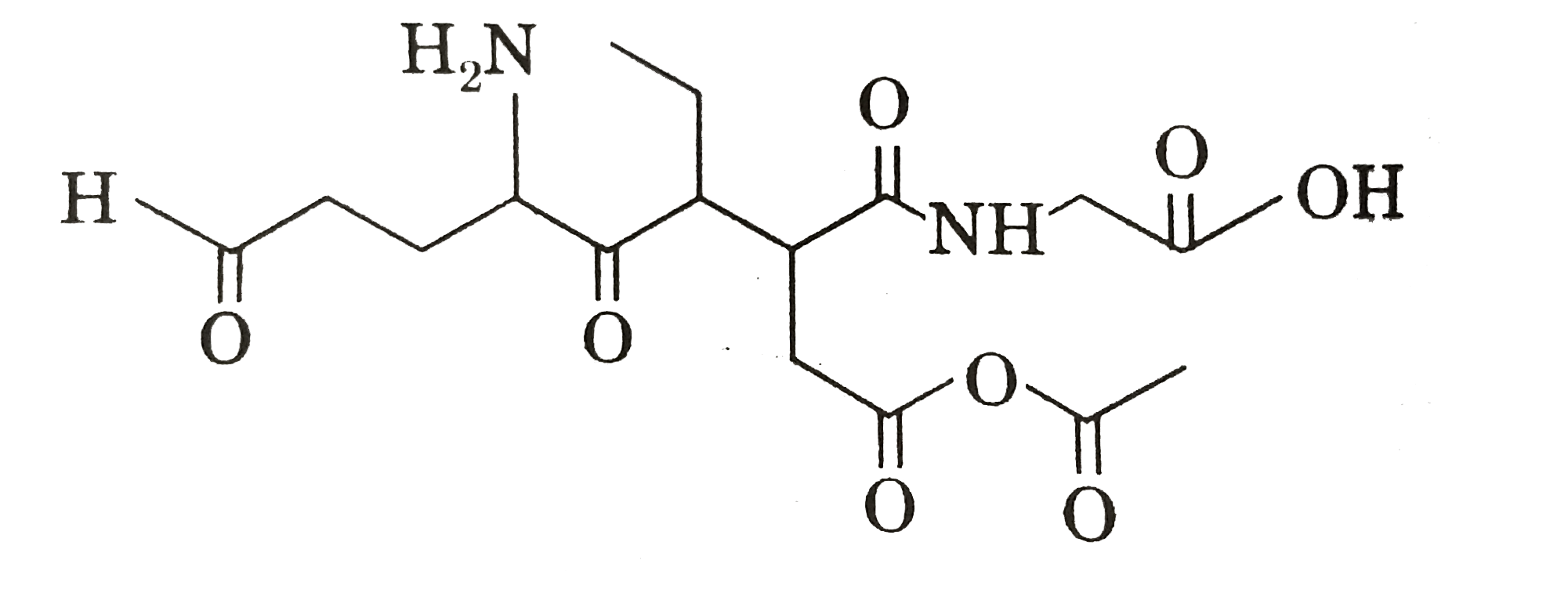
View SolutionHow many functional groups are present in following compound ?

View Solution

